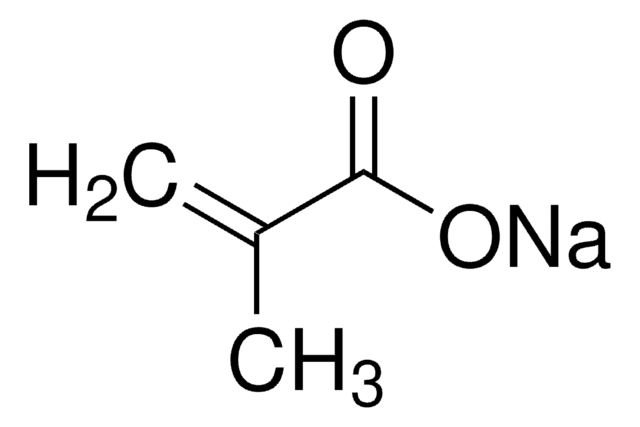311332
Inhibitor removers
replacement packing for removing hydroquinone and monomethyl ether hydroquinone
Sinônimo(s):
inhibitor removal column
Faça loginpara ver os preços organizacionais e de contrato
About This Item
Produtos recomendados
densidade de vapor
<1 (vs air)
Nível de qualidade
pressão de vapor
17 mmHg ( 20 °C)
forma
beads
temperatura de autoignição
932 °F
InChI
1S/2Al.3O
chave InChI
TWNQGVIAIRXVLR-UHFFFAOYSA-N
Procurando produtos similares? Visita Guia de comparação de produtos
Categorias relacionadas
Descrição geral
Inhibitor-remover packings and ready-to-use, disposable prepacked columns conveniently remove small amounts of inhibitors which are added to reagents or solvents that would otherwise be unstable. R: 20-37 S: 22-38-36
• Useful in applications which require that the stabilizer or inhibitor (hydroquinone (HQ), hydro-quinone monomethyl ether (MEHQ, 4-methoxyphenol), or 4-tert-butylcatechol (TBC) be removed prior to use.
• Columns may be discarded1 when exhausted or reused by filling column approximately 3/4 full with new packing material. HQ/MEHQ columns refill vol.: ~21g. TBC column refill vol.:~30g.
• Approx. column capacity:
HQ/MEHQ: 3L at 100ppm
TBC: 4L at 15ppm
• TBC columns and packings are not recommended for use with polar solvents, including acrylic acid. Vacuum distillation is suggested for such applications.
Easy-to-use:
1. Prewashing of prepacked glass columns with a small amount of monomer is recommended.
2. Add monomer (or solvent) to an addition funnel which is secured above column.
3. Add monomer dropwise to the column. Monitor rate of addition to prevent overflow of the column. Collect monomer in an appropriate container.
4. For low-melting solid monomers, keep temperature of column above the melting point during use.
Caution: Overheating may cause monomer to polymerize on the column. Viscous or high-melting monomers may be diluted in an appropriate solvent before addition to the column.
1Unused columns can be discarded with other solid chemical waste. After use, the toxicity and hazards of the monomer, from which the inhibitor is being removed, should be considered in deciding how to dispose of the packing material or column.
• Useful in applications which require that the stabilizer or inhibitor (hydroquinone (HQ), hydro-quinone monomethyl ether (MEHQ, 4-methoxyphenol), or 4-tert-butylcatechol (TBC) be removed prior to use.
• Columns may be discarded1 when exhausted or reused by filling column approximately 3/4 full with new packing material. HQ/MEHQ columns refill vol.: ~21g. TBC column refill vol.:~30g.
• Approx. column capacity:
HQ/MEHQ: 3L at 100ppm
TBC: 4L at 15ppm
• TBC columns and packings are not recommended for use with polar solvents, including acrylic acid. Vacuum distillation is suggested for such applications.
Easy-to-use:
1. Prewashing of prepacked glass columns with a small amount of monomer is recommended.
2. Add monomer (or solvent) to an addition funnel which is secured above column.
3. Add monomer dropwise to the column. Monitor rate of addition to prevent overflow of the column. Collect monomer in an appropriate container.
4. For low-melting solid monomers, keep temperature of column above the melting point during use.
Caution: Overheating may cause monomer to polymerize on the column. Viscous or high-melting monomers may be diluted in an appropriate solvent before addition to the column.
1Unused columns can be discarded with other solid chemical waste. After use, the toxicity and hazards of the monomer, from which the inhibitor is being removed, should be considered in deciding how to dispose of the packing material or column.
Código de classe de armazenamento
11 - Combustible Solids
Classe de risco de água (WGK)
nwg
Ponto de fulgor (°F)
Not applicable
Ponto de fulgor (°C)
Not applicable
Equipamento de proteção individual
Eyeshields, Gloves, type N95 (US)
Escolha uma das versões mais recentes:
Já possui este produto?
Encontre a documentação dos produtos que você adquiriu recentemente na biblioteca de documentos.
Os clientes também visualizaram
Artigos
An article regarding common FAQs for initiators and stabilizers.
Nossa equipe de cientistas tem experiência em todas as áreas de pesquisa, incluindo Life Sciences, ciência de materiais, síntese química, cromatografia, química analítica e muitas outras.
Entre em contato com a assistência técnica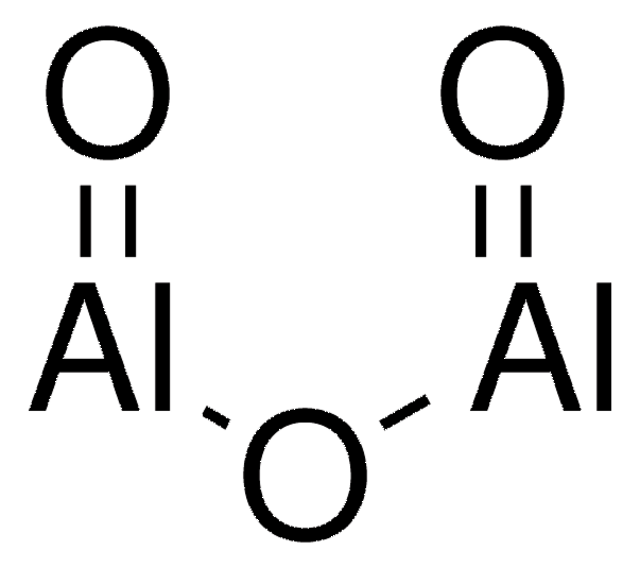


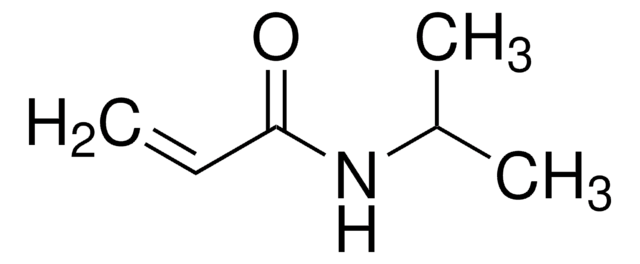


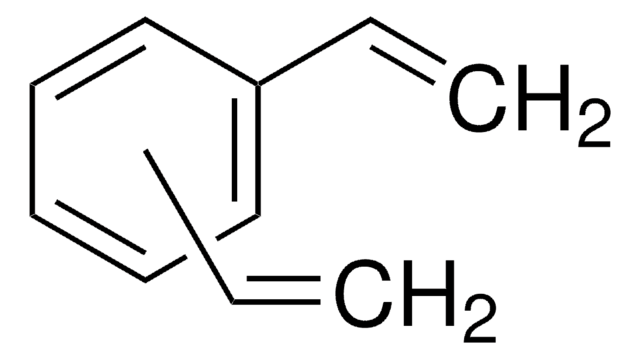



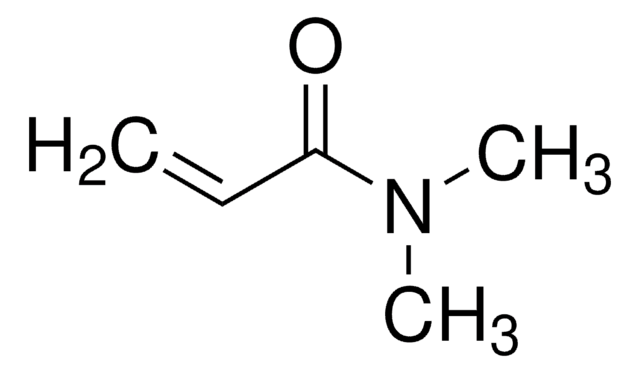
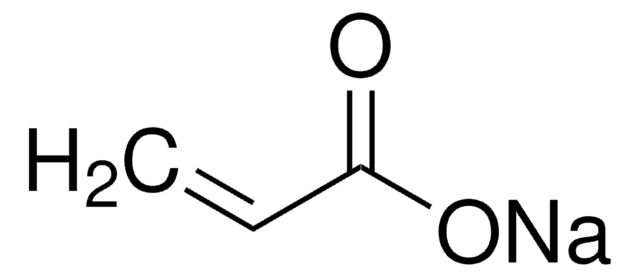
![[2-(Methacryloyloxy)ethyl]trimethylammonium chloride solution 75 wt. % in H2O](/deepweb/assets/sigmaaldrich/product/structures/316/612/66b0f4cf-d060-427d-b4f5-e8fab3e5cffe/640/66b0f4cf-d060-427d-b4f5-e8fab3e5cffe.png)
